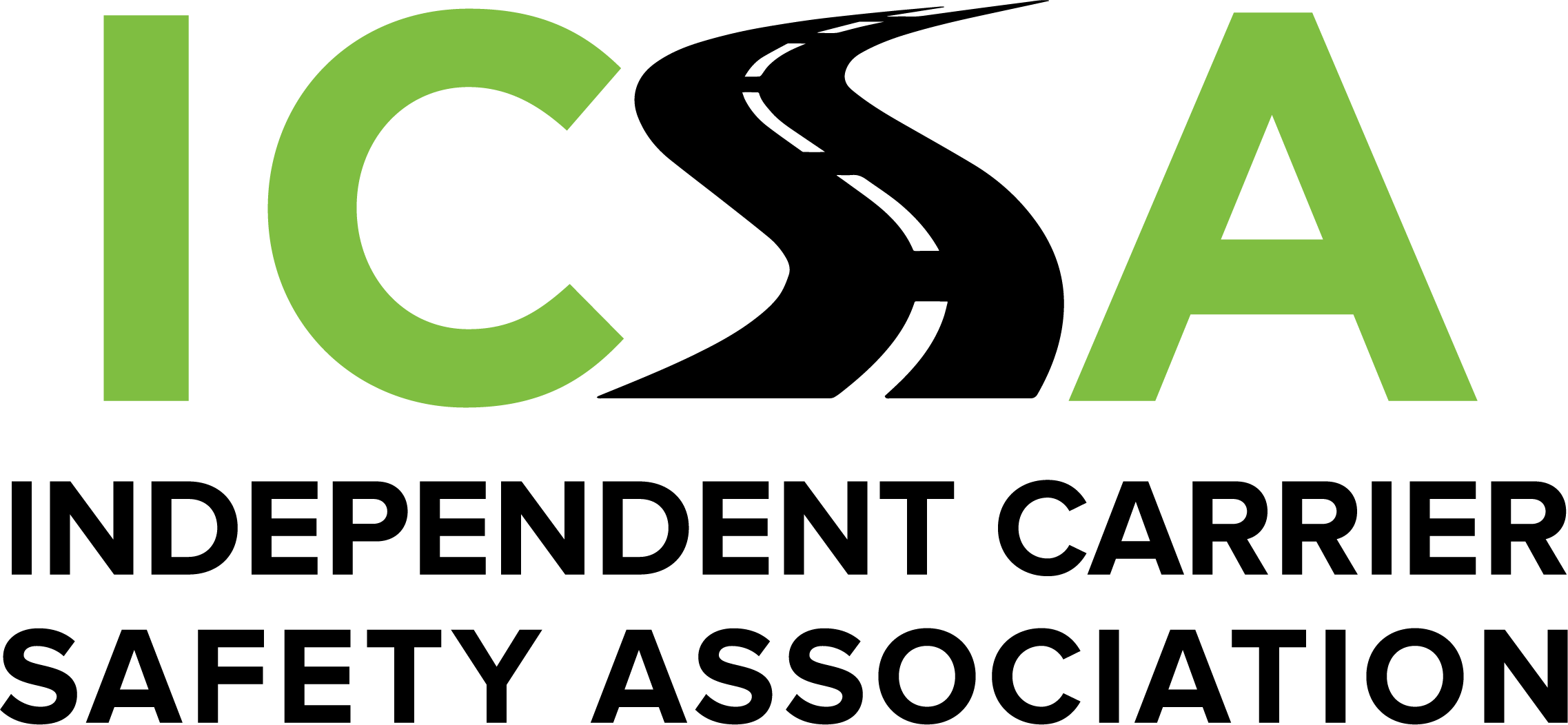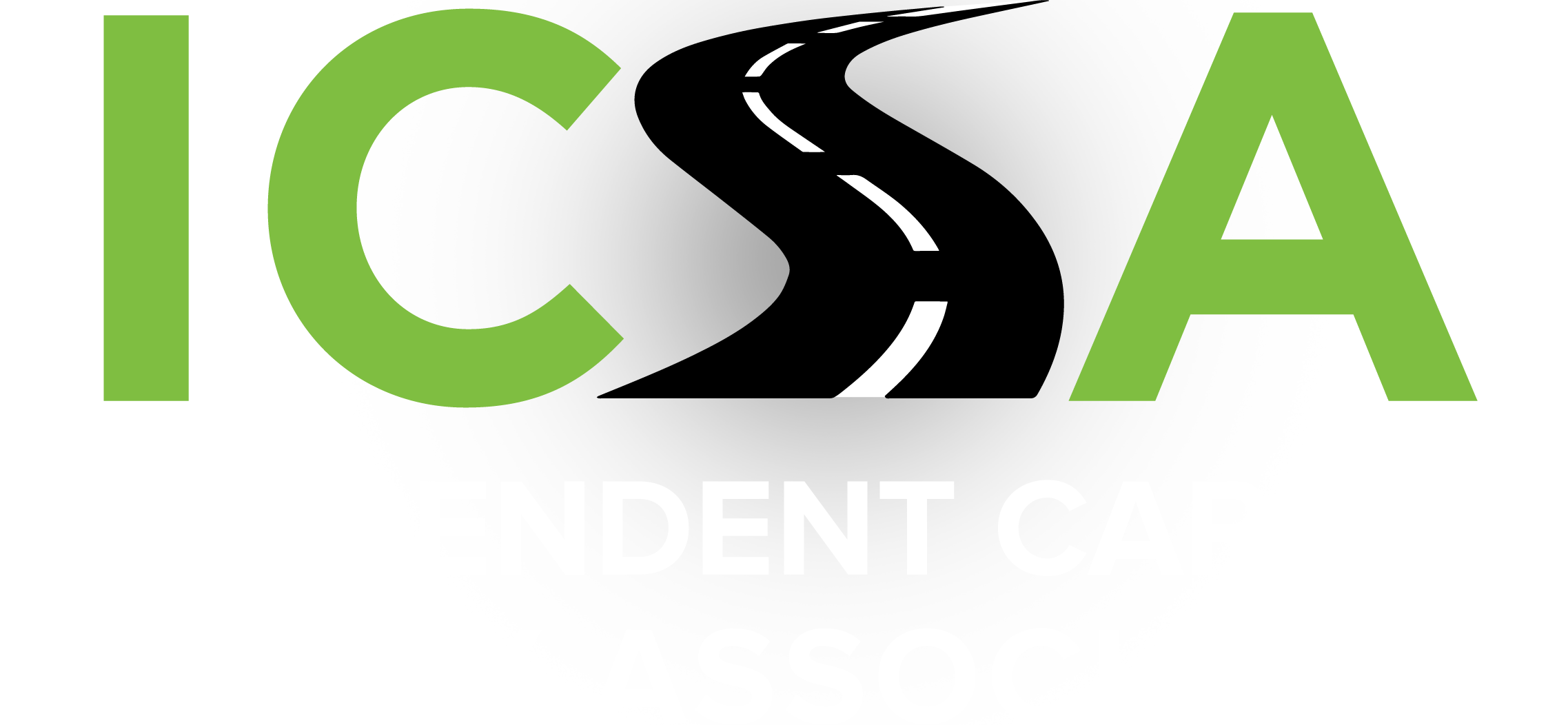In prior bulletins, ICSA has shared potential changes to the data components of FMCSA’s Safety Measurement System (SMS), the information the agency uses to determine whether or not you are a “safe carrier” under the CSA (Compliance, Safety, Accountability) program. Yes, that’s a whole lot of acronyms!
As we wrote, safety ratings are used by shippers and brokers to evaluate and select carriers to haul their freight. FMCSA and other commercial enforcement agencies use the ratings to determine which carriers need inspections or compliance audits, and by insurers to determine if you are a good safety risk. The Safety Measurement System is an important step toward a safety rating.
However, the SMS data calculations themselves do not directly conclude that a motor carrier’s safety rating should be “Satisfactory,” “Conditional” or “Unsatisfactory” (aka “unfit”). A motor carrier determined to be Unfit is prohibited from operating commercial motor vehicles (CMVs) in interstate commerce. Currently, a formal safety rating, a Safety Fitness Determination, can be made only after FMCSA or its state partner in the carrier’s base state conduct a full compliance review, the audit commonly called a “CR.”
Conducting a CR is resource-intensive for FMCSA, and as a result only about 2% of active interstate carriers experience a CR any year. Now FMCSA is considering whether to expand how a Safety Fitness Determination can be made so that, potentially, more unfit carriers can be removed from the highways. FMCSA may decide to directly use SMS scores or CRs alone or the two in combination. And FMCSA is thinking about dropping the Satisfactory and Conditional rating categories.
Right now, FMCSA is asking a lot of questions about heading this direction in an Advance Notice of Proposed Rulemaking (ANPRM). An ANPRM is used by an agency to test out a proposal or solicit ideas before it drafts its NPRM, the actual rulemaking proposal. ICSA may submit comments to the ANPRM – because how FMCSA rates carrier safety is important to your business future as well as to our shared mission of improved highway safety.

